The great active volcanoes of America first-hand
The Colonial and Volcanoes Route in Central America covers more than 1,000 kilometers through volcanoes of America and nature. Are you up for it?
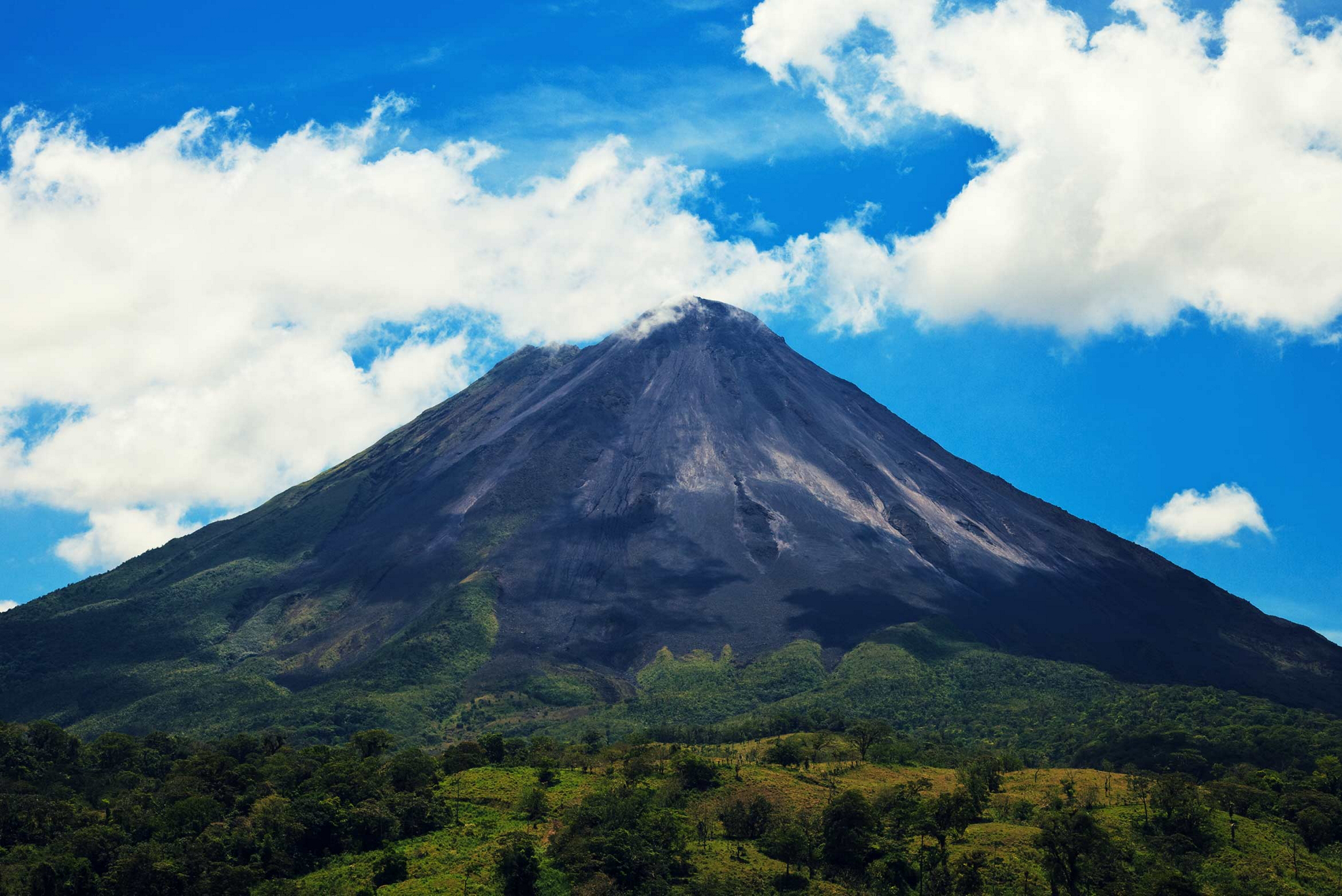
The Colonial and Volcanoes Route of Central America stretches from Antigua in Guatemala to Panama, a journey along the ancient royal Path that was built by Spaniards over preexisting indigenous routes, crossing through Panama, Costa Rica, Nicaragua, Guatemala, Honduras and El Salvador. More than 1,000 kilometers of nature and adventures in the shape of a volcano offer hiking, riding and even gliding on a board along the sand or scuba diving in the waters of the lakes in the volcanic craters where a volcano once existed hundreds of years ago.
Read also: The spectacular waterfalls of latin America
Active volcanoes of America: From Guatemala to Panama
Guatemala: Pacaya Volcano National Park and the Calderas Lagoon
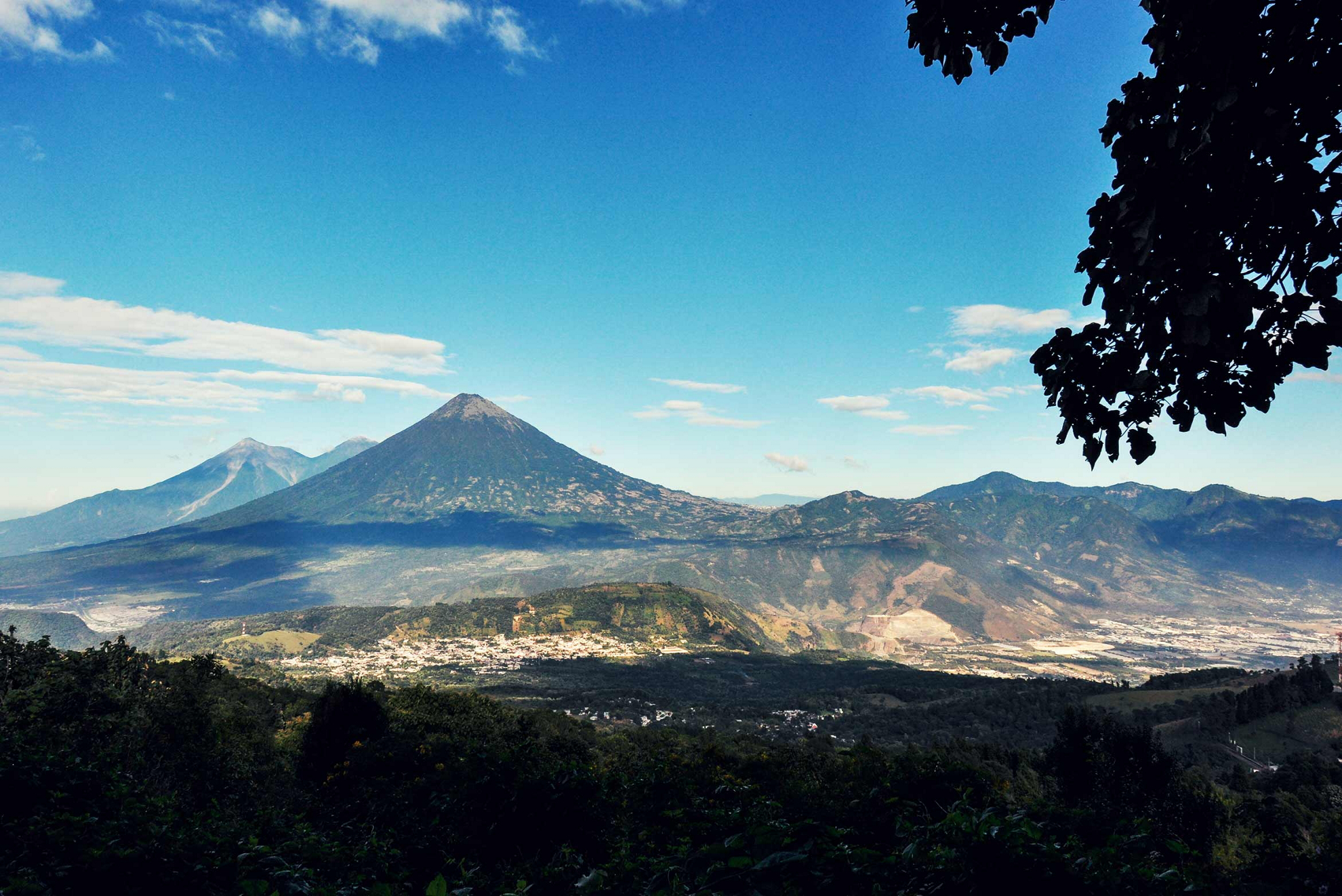
One of the most accessible volcanoes—and perhaps the most interesting in all of Central America—is located less than 50 kilometers from Guatemala City. It only takes about three hours by foot to reach the top (visitors can get within 100 meters of the crater) along a relatively simple trail with few complications. Along the way you will come across the Calderas Lagoon, an ancient crater that has filled with water over the years and is surrounded by a few fumaroles that have withstood the test of time. You can go swimming here and even cross to the other side in traditional reed rafts.
El Salvador: Los Volcanes National Park
El Salvador, the smallest country in Central America, is located in what is known as the Pacific Ring of Fire, where most of the planet’s supervolcanoes can be found. It covers 20,000 square kilometers and houses 170 volcanoes, of which more than a dozen remain active.
Between the Santa Ana and Sonsonate departments, on the eastern end of the Apaneca-Ilamatepec mountain range and near the coffee region, 65 kilometers to the west of the capital, we can find its greatest example: Los Volcanes National Park, which has three accessible alternatives for reaching the summits of the three main volcanoes: Izalco, Cerro Verde and Santa Ana (or Ilamatepec).
Santa Ana and Izalco can be reached by foot in approximately four hours. Since Santa Ana is one of the highest points of El Salvador, the peak offers breathtaking views of Lake Coatepeque. This gorgeous lake, where a volcano existed thousands of years ago, is filled with warm water and has become a popular spot for water sports, including scuba diving.
Izalco is the youngest and the most famous volcano in El Salvador. In fact, for decades it has been referred to as the “lighthouse of the Pacific” because of the eruptions that could be seen from the ocean. The most recent eruption took place in 1966.
Nicaragua: Mombacho Volcano Nature Reserve
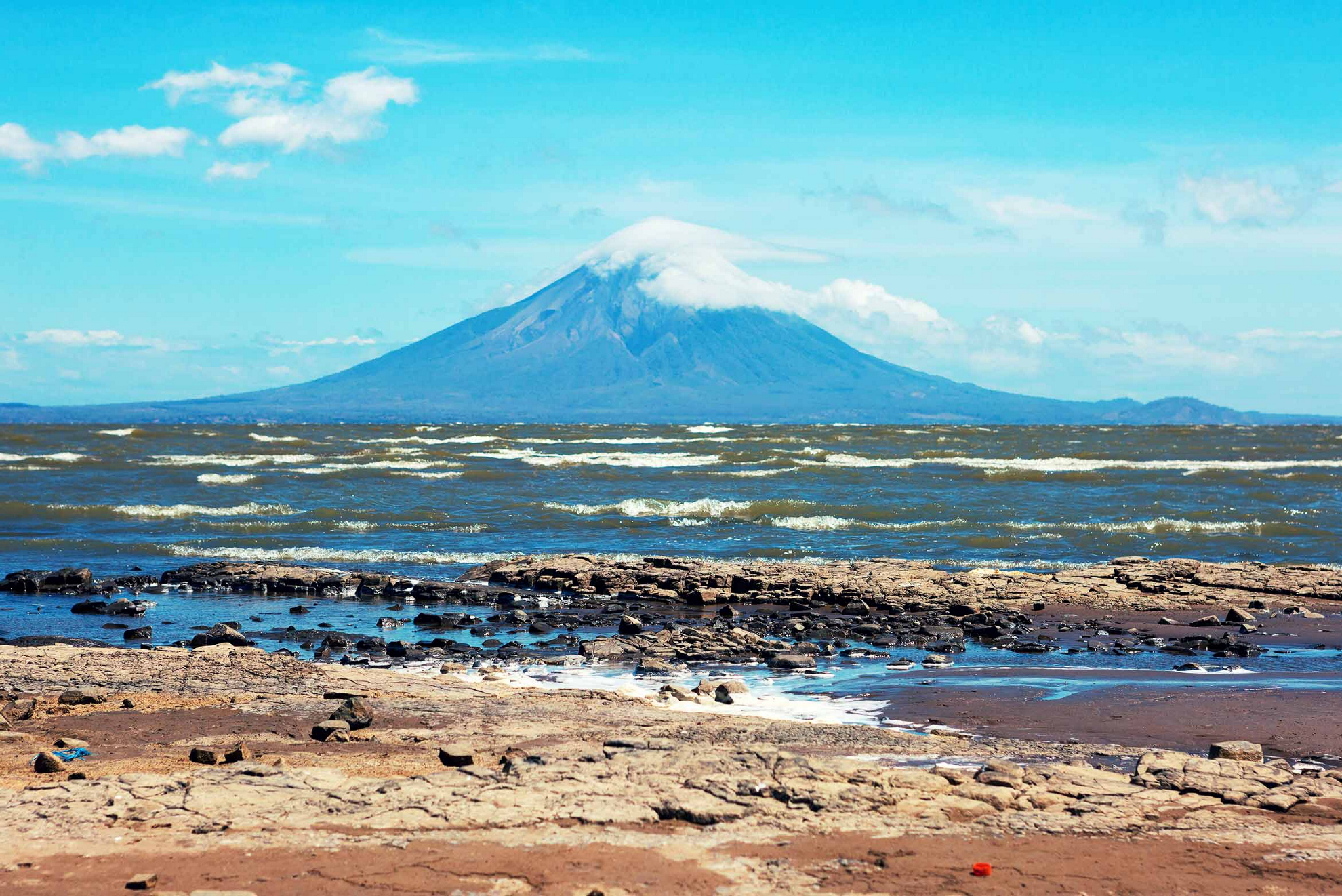
The city of Granada, known as La Gran Sultana, is a great place to visit and discover its colonial past. But that’s not all it has to offer. There’s also the Mombacho Volcano Nature Reserve. The peak which it is named after stands at 1,400 meters above sea level and can be reached by foot or in a suitable vehicle. Once there, a number of paths skirt along the edge of the main crater, which has remained extinct for hundreds of years and is completely covered by lush vegetation and a rich ecosystem that is home to countless mammals, reptiles, amphibians, birds and a varied array of local flora. From the top, where there is also a small museum and a volcanology laboratory, visitors can take a number of trails to explore the area.
From a panoramic perspective, there are also impressive views of Lake Cocibolca, Apoyo Lagoon and the city of Granada. The views can also be taken in while doing sports activities. The 600-meter Canopy Tour along tree tops features steel cables and wooden bridges.
The department of León in Nicaragua is home to the youngest volcano in Central America: Cerro Negro. Located 726 meters above sea level, it is also one of the most active in the region. In fact, its most recent eruption was on August 5, 1999. Visitors can glide down the steep black sand slopes on wooden boards.
To visit all the volcanoes in the nation and combine the trip with a few days by the sea, the Barceló Montelimar resort has 293 rooms overlooking the beach, surrounded by tropical vegetation and with views of the Pacific.
Costa Rica: Poás Volcano National Park
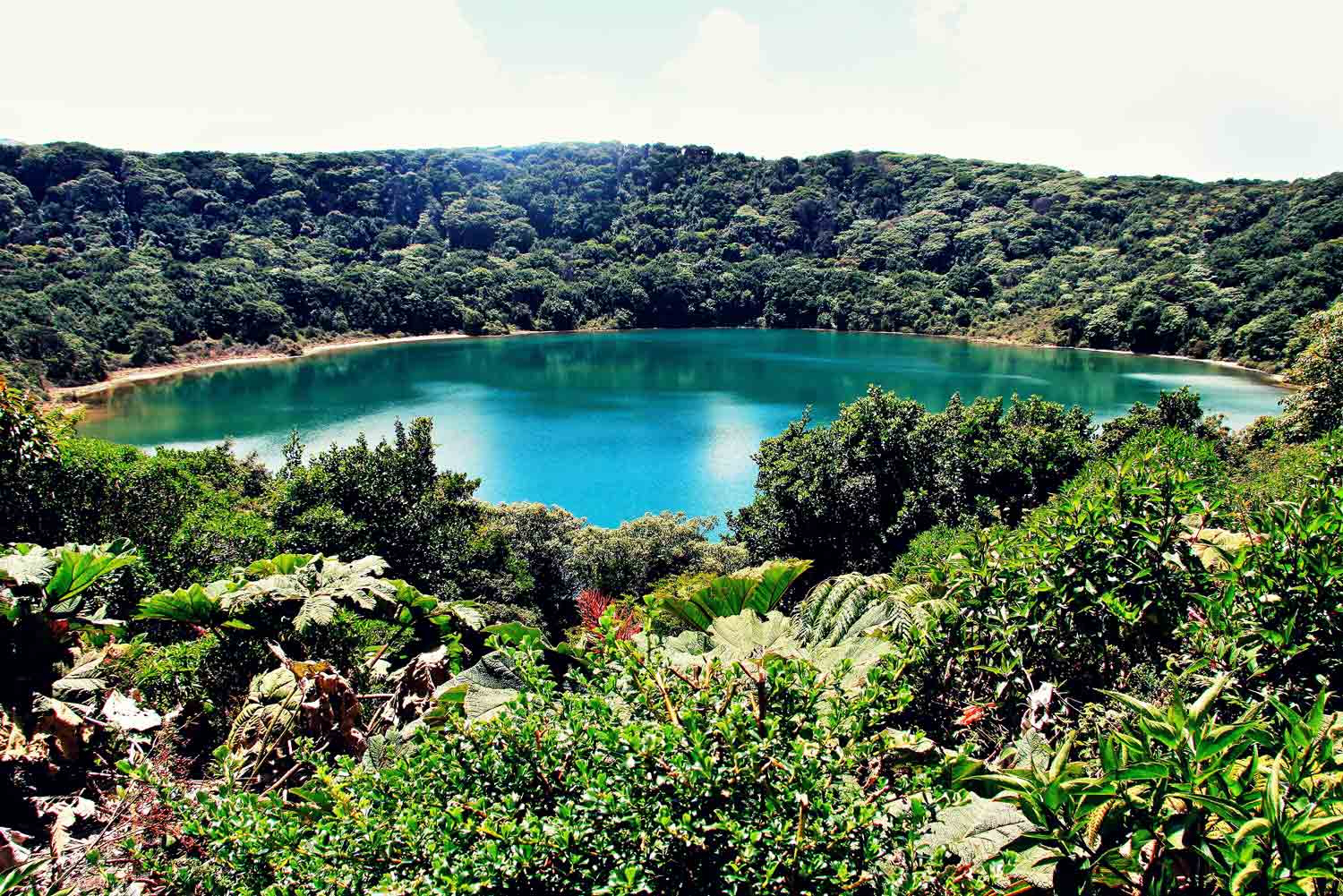
Costa Rica also forms part of the Pacific Ring of Fire.
Known as the most peaceful country in the world, it has 112 volcanoes, of which five remain active. Poás Volcano, located 2,708 meters above sea level, has the world’s largest geyser-type crater that is 300 meters deep and 1.7 km wide, and can be seen from San José, the nation’s capital. Poás Volcano National Park features a variety of natural habitats and diverse plant and animal species across 5,600 hectares. The area can be explored along paths marked by fumaroles and geyser-type eruptions.
Read also: Think green: Travel to Costa Rica
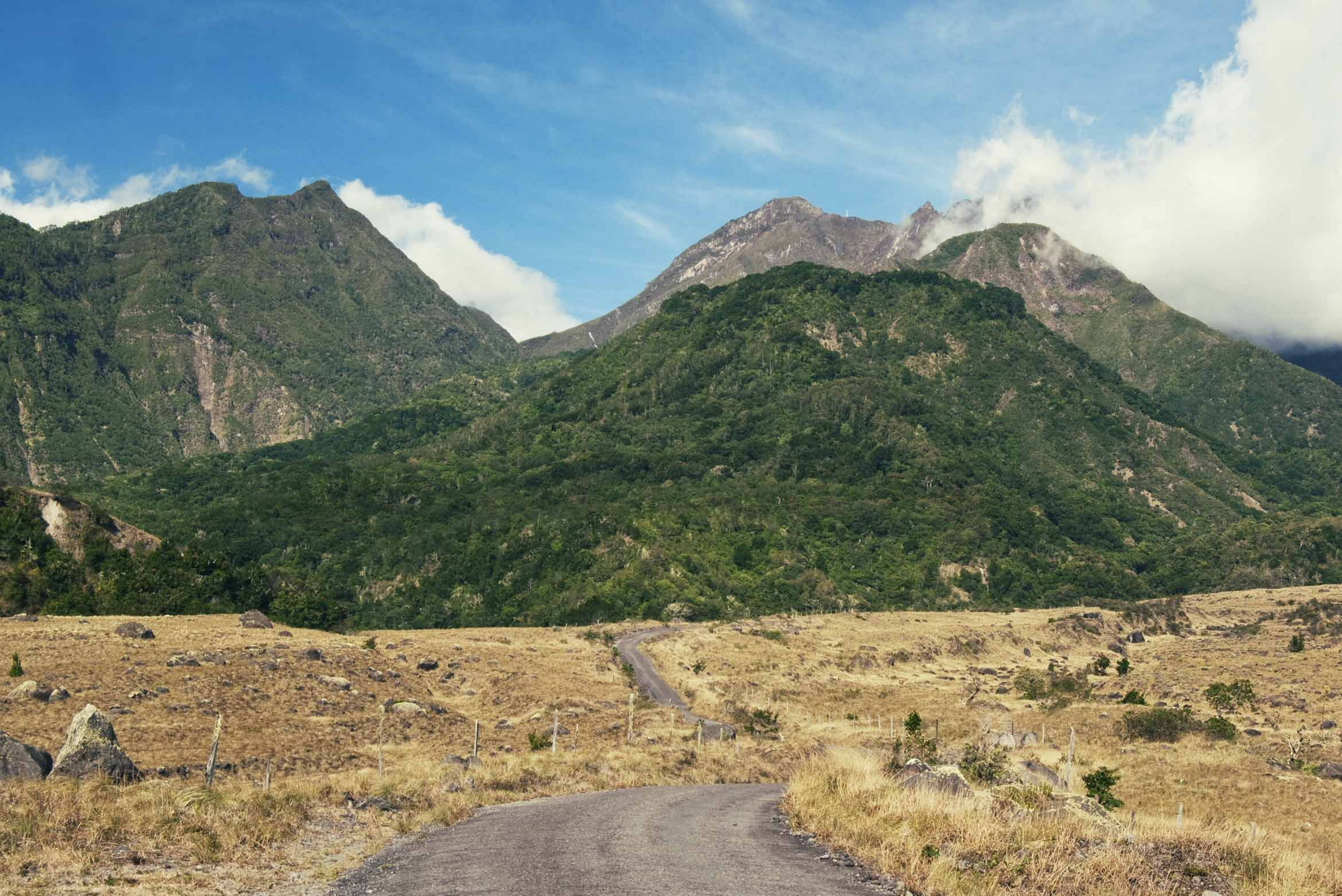
Panama: Barú National Park
Standing at 3,474 meters above sea level, Barú is located in the western province of Chiriquí (along the Talamanca mountain range) and is the highest peak in Panama. In addition to the 4x4 alternative, there are two routes that lead to the main volcano by foot through moist tropical forests. One is simpler and perfect for anyone, and the other is more demanding and suitable for advanced hikers (from the towns of Boquete or Volcán). The rewards are double since the U-shaped summit boasts views of the Caribbean Sea as well as of the Pacific Ocean.

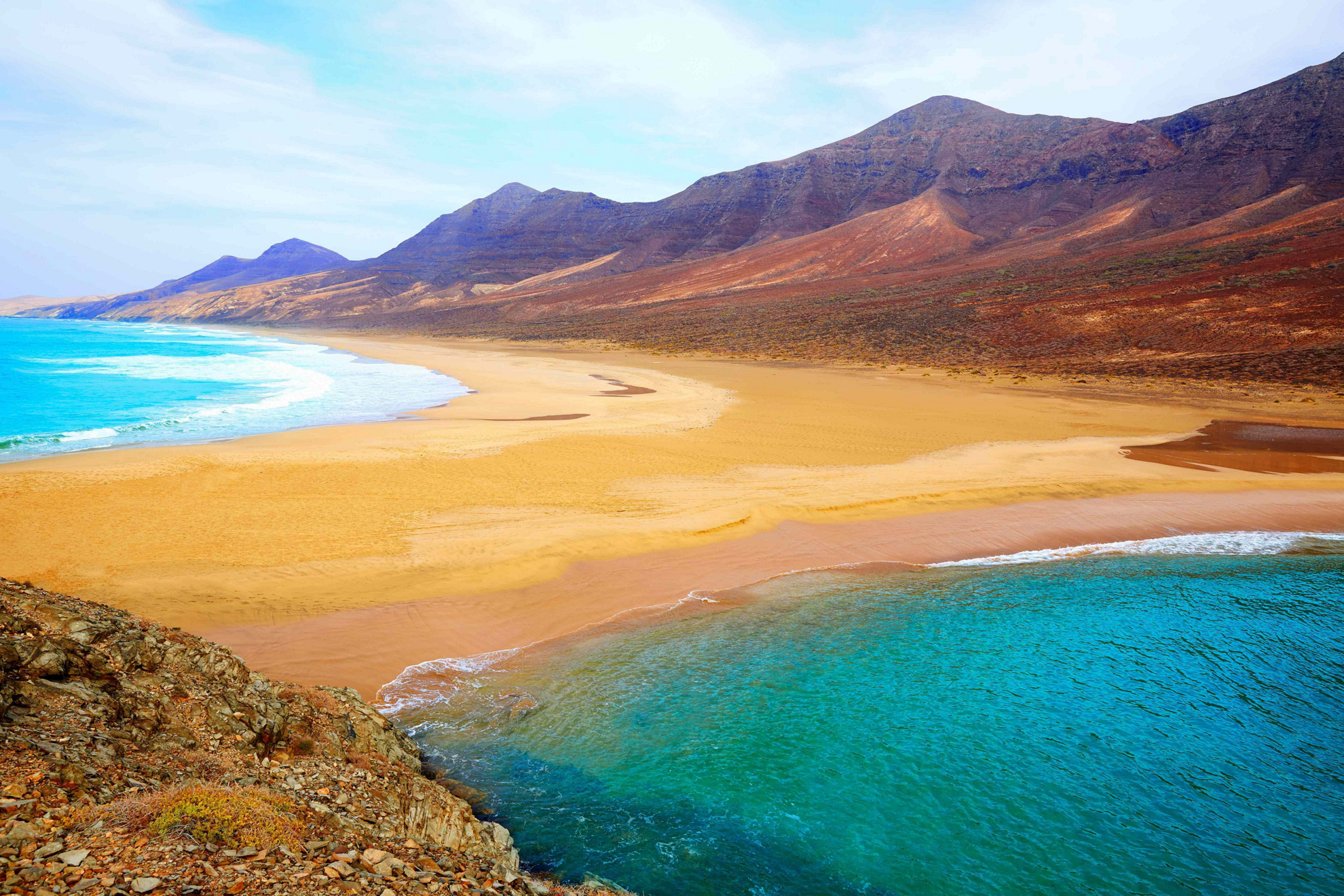



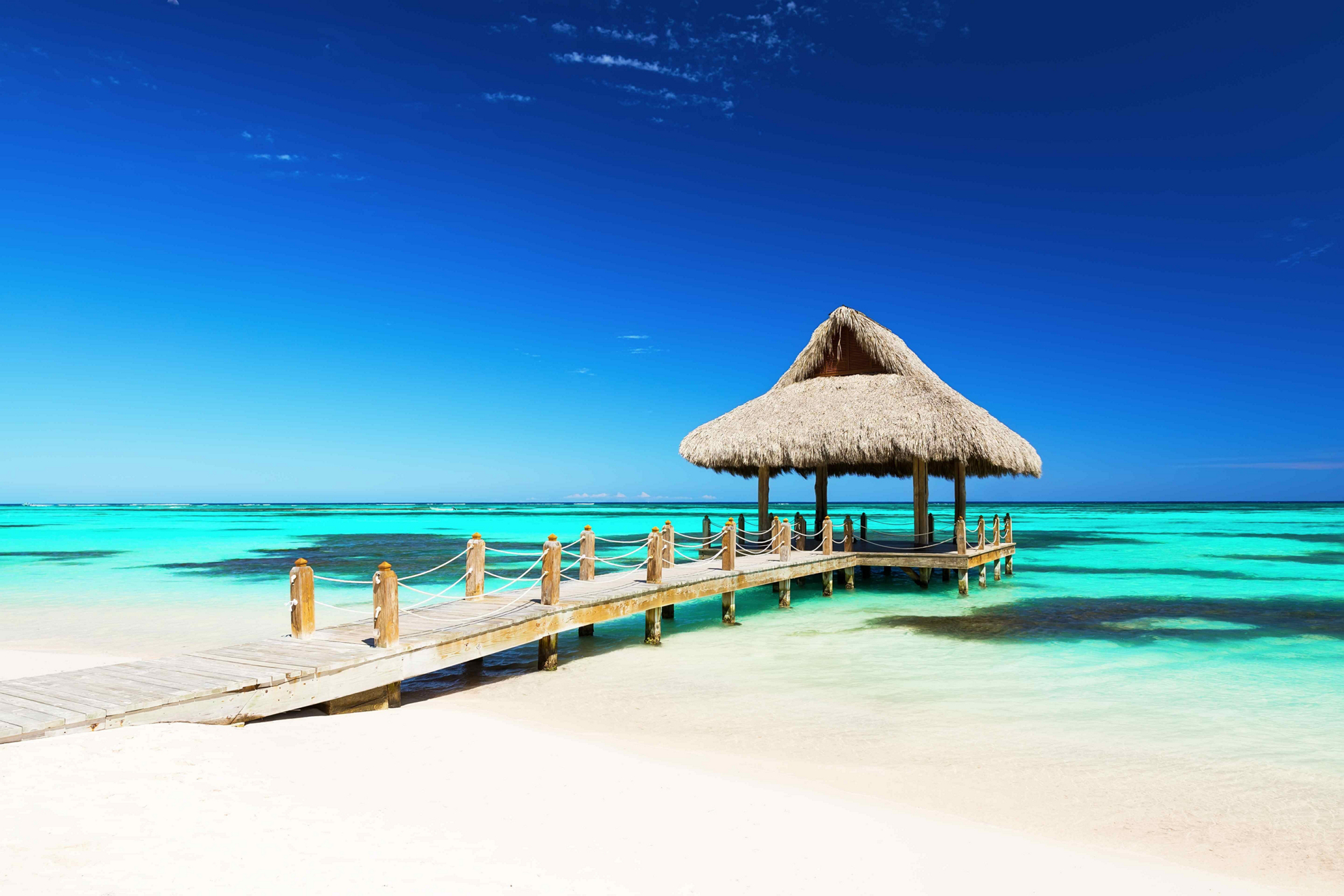
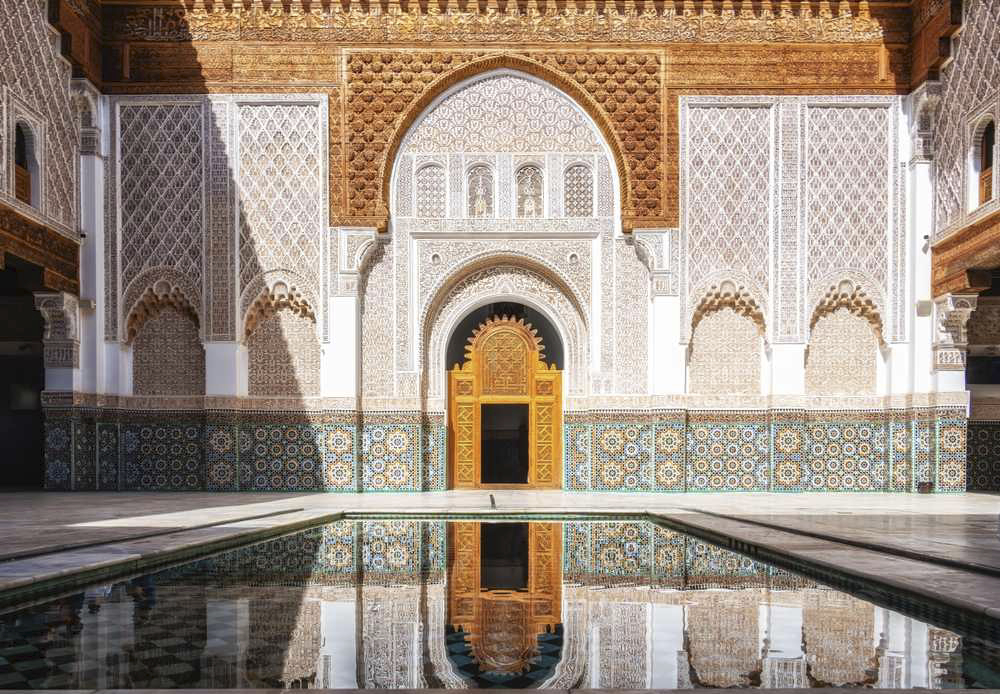

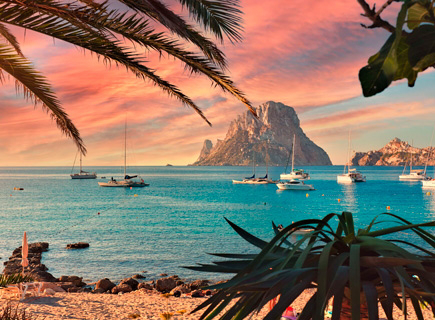
_435x320?&)

